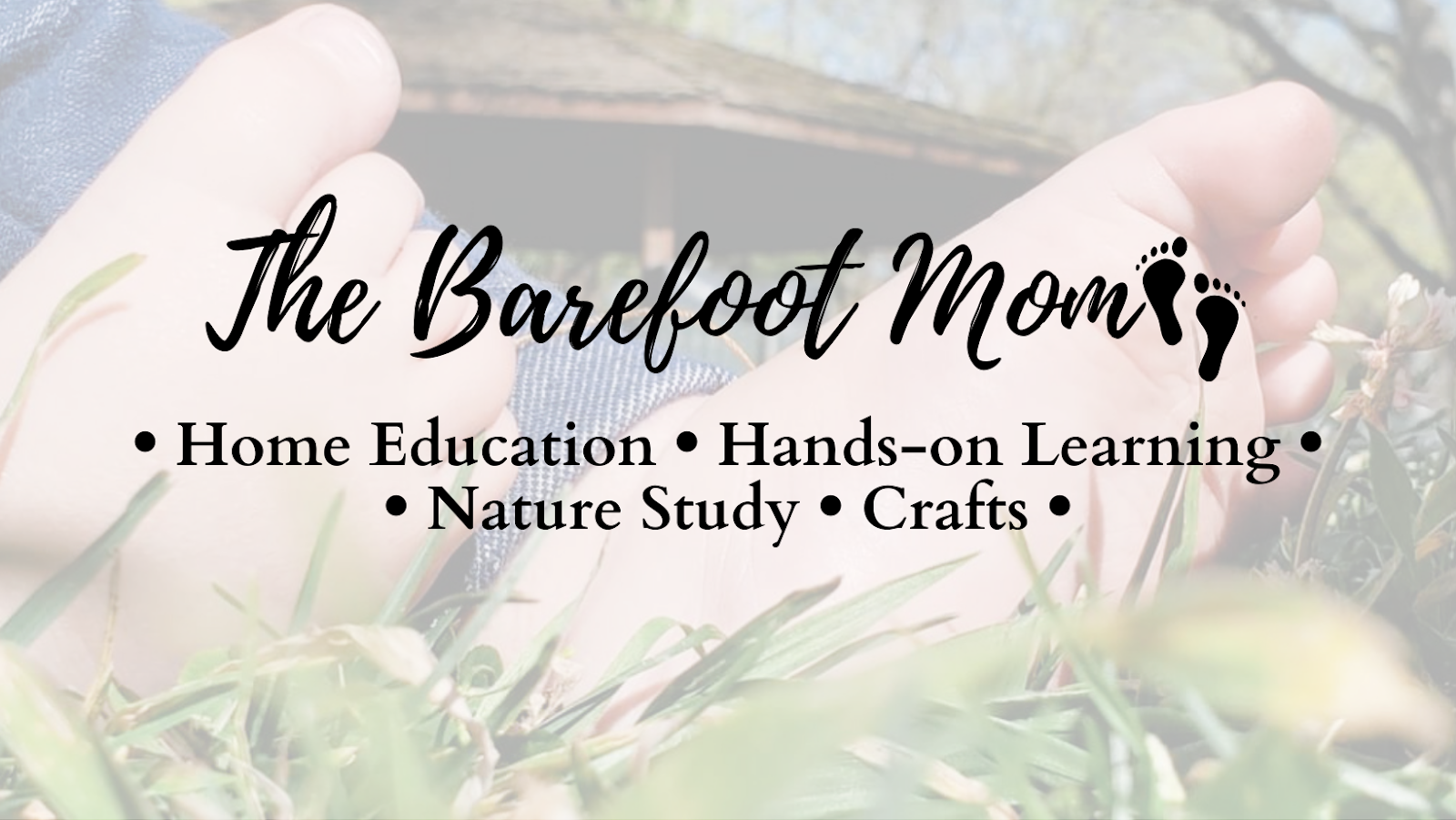Homeschooling with multiple children is always a bit of a balancing act, especially when one (or more) of them is a toddler. Keeping your toddler happy and entertained during your school time with your older children can be tough. In this post I share my best activities and tips for keeping your toddler busy so that you can focus on working with your older children.
Sensory bins are great because in addition to just being fun for toddlers, they also promote healthy sensory integration and encourage imaginative play. For more information about sensory bins and some ideas for making some of your own, check out this post from Your Kids Table.
For younger toddlers, skip the color sorting part. They will just have fun putting pom poms in and out of the bowls. Plus it's good for fine motor development.
And keep in mind that one of the advantages of homeschooling is that you can work at your own pace. If a lesson gets interrupted, that's okay, you have time to do what needs to be done and then pick your lesson back up.
How do you keep younger siblings busy during school lessons?
If you enjoyed this post, check out:
-Homeschool Curriculum And Resources: My Top Picks
-Learning To Read Is Not A Race
Follow me on:
Facebook
Pinterest
Instagram
Twitter
Sensory Bins
Sensory bins are a fantastic way to keep toddlers busy for awhile. A sensory bin is simple to make. They are a simple bin filled with some sort of tactile material like sand, rice, dry beans, kinetic sand, etc...additional materials can be added as well like small figurines, sea shells, pretty stones, pom poms, acorns, small toy cars, anything small and fun to play with.Sensory bins are great because in addition to just being fun for toddlers, they also promote healthy sensory integration and encourage imaginative play. For more information about sensory bins and some ideas for making some of your own, check out this post from Your Kids Table.
Coloring Books
Even pretty young toddlers can learn to hold a crayon and move it around on a page. I keep a bunch of cheap coloring books on hand for my toddler to work in during school time. Her favorites are coloring books with cute animals.Pom Pom Sorting
My daughter loves this activity right now since she's learning her colors. Just set out several plastic bowls and dump out a pile of different colored pom poms. Put one of each color, each in a different bowl and have your toddler try to sort them by color.For younger toddlers, skip the color sorting part. They will just have fun putting pom poms in and out of the bowls. Plus it's good for fine motor development.
Legos Or Blocks
Playing with Legos (the larger toddler sized ones) or wooden blocks is almost always a hit around here. They can keep my two year old entertained for quite a while.Get Them Their Own School Supplies
Get your toddler their own pencil box and fill it with crayons. Get some cheap Dollar Store workbooks and a couple notebooks. Your toddler will love playing school along with their older siblings. And you never know what they may pick up. My two year old is learning the letters of the alphabet by listening to her sister's spelling lessons.Board Books
One of my two year old's favorite things to do while her older sister and I work on reading is to "read" her own books. She loves to flip the pages and say "read, read, read...." it's seriously the cutest thing ever. I am so glad she is developing an early love for books. Hopefully she'll be excited to learn to read when the time comes.Use Nap Time To Your Advantage
Luckily most toddlers still take naps, unless your one of my "sleep is for the weak children". Use nap time to your advantage, save messy or difficult projects and lessons for when your toddler is asleep.Be Patient
Most important is just to be patient, with yourself and your toddler. It's a tough balancing act. Toddlers have short attention spans and sometimes your older kids need your focus. Take breaks when you need to.And keep in mind that one of the advantages of homeschooling is that you can work at your own pace. If a lesson gets interrupted, that's okay, you have time to do what needs to be done and then pick your lesson back up.
How do you keep younger siblings busy during school lessons?
If you enjoyed this post, check out:
-Homeschool Curriculum And Resources: My Top Picks
-Learning To Read Is Not A Race
Follow me on:


Comments
Post a Comment